A Pilgrimage of Friendship – 12th China-ASEAN Rally
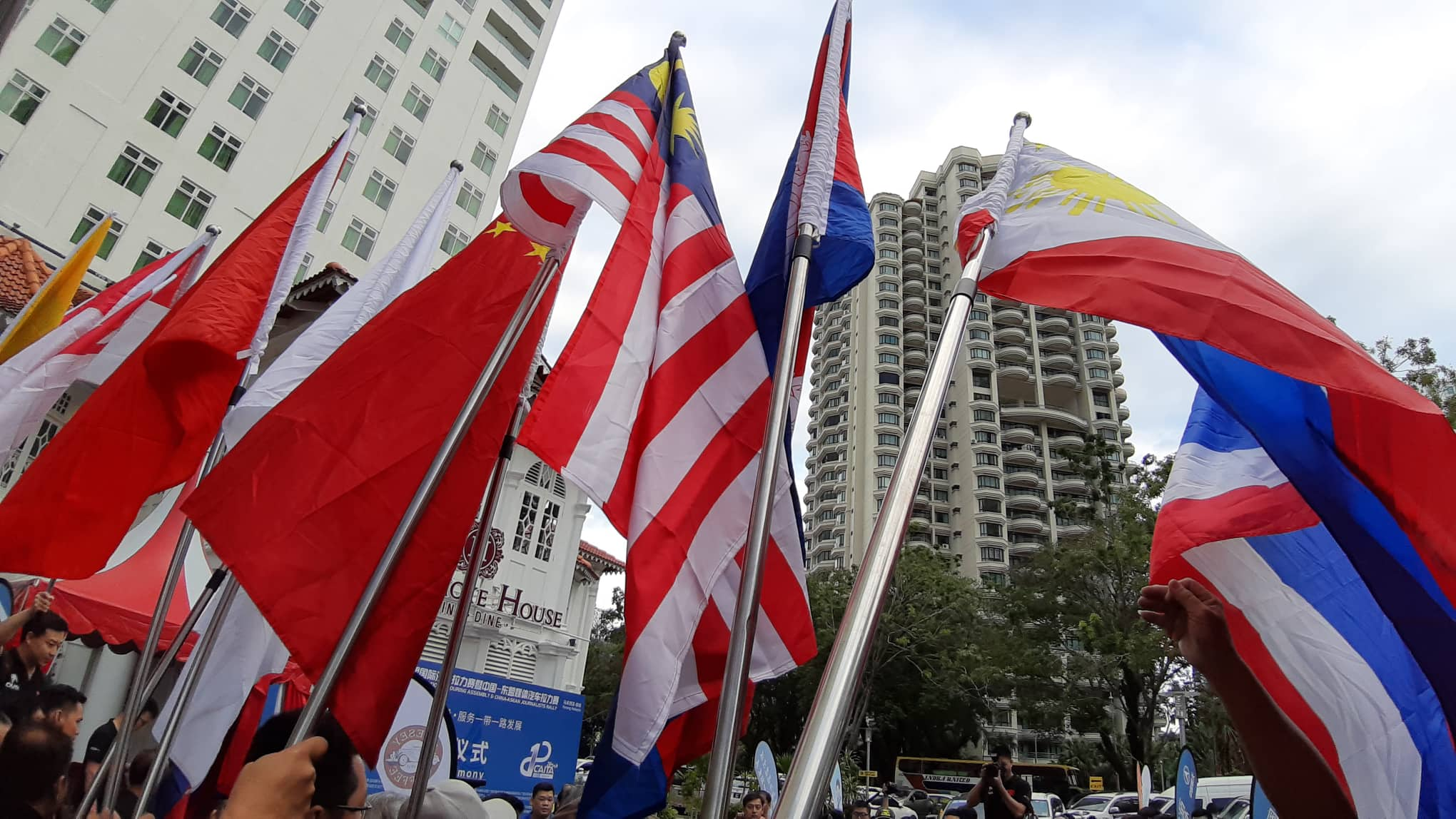
14th century Moroccan Scholar and explorer Ibn Battuta once said “Traveling leaves you speechless, then turns you into a story teller”. Yet, how does one tell the story of an epic journey that lasted twenty-one days and spanned six countries? More than 100 participants from different countries have embarked on this remarkable adventure in the spirit of sportsmanship and friendship. Well, I have always believed that a great deal of travel is about culture, cuisine and camaraderie. Hence, in this regard will I recount my 10,000-kilometer road trip from Lanzhou in Northwest China to Southeast Asia’s Lion City, Singapore.
The 12th China-ASEAN International Touring Assembly and China-ASEAN Journalists Rally (CAITA) is an annual motorsports and touring event sponsored by the Ministry of Foreign Affairs of the People’s Republic of China in cooperation with State Sports General Administration of Guangxi Zhuang Autonomous Region and the ASEAN Secretariat, organized by the Beijing-based firm Mitime Sports. The CAITA organizers always strive to make each year a different experience and they offered a special treat to 2018 participants as this was the first time that half of the entire route laid across the vast Chinese territories while the other half passed through five ASEAN countries, namely; Vietnam, Laos, Thailand, Malaysia and Singapore.
The flag-off ceremony was held on a cold morning at the end of October. My smart phone indicated that the ambient temperature was -2 degrees Celsius and I eagerly went out to the car lot armed with the thick thermal lining of our rally jacket and a belly-full of the world-famous Lanzhou Beef Noodle Soup. I have asked my brother Jason to join me on the 3-week journey to serve as my photographer and, if needed, as co-driver as well. As it turned out, he only had to concentrate on the first task because the organizers decided to just let the Chinese participants drive for the rest of the China leg of the trip. In our designated vehicle, a Kia K3 (aka Forte) sedan, we were accompanied by two gentlemen who spoke only mandarin.




 More Photos here
More Photos here
For more than a decade now, CAITA has been crossing boundaries and borders in order to foster good relations between China and neighboring ASEAN nations but there is still one barrier that still pose as a challenge…language. Mitime addressed this issue by assigning participant coordinators who spoke excellent English, Nora and Vanessa. I was also delighted to learn that they also have a great sense of humor, even if half of the time, the joke was on me.
From the starting point in Lanzhou, our first stop for the trip was Xi’an. The 628-kilometer drive was done on pristine highway and it wasn’t as tiring as one would think. We even had the strength to go on an evening stroll around Shaanxi province’s capital. Xi’an is a popular destination among history buffs who visit the site of the Terra Cotta Army of China’s first emperor Qin Shi Huangdi. For foodies and shopaholics, there’s the Muslim street.
We took off the following day from the Danfeng Gate Heritage Museum grounds and it was a relatively short 256-kilometer travel to Hanzhong City. Along the way, we made a stop at Chenggu County to visit the memorial hall and burial site of Zhang Qian. Zhang Qian was an official of the Han Dynasty who was instrumental in opening the ancient silk road. It is quite a befitting destination, in relation to modern-day China’s Belt and Road Initiative (BRI). The area is also a producer of Ponkan or Chinese Honey
Orange and our car was given three boxes to enjoy on the road. Those were the best oranges I ever had and I finished off seven pieces in one sitting. I also learned that evening that a nice haircut in Hanzhong only costs between 10-15 Yuan and if you’re friendly enough, you get a free orange as well.
The 618-kilometer route to Chongqing the next day was a combination of tollway and some scenic winding roads. Our night stop was a mountain resort and while the temperature is already at the low 20s, it felt much colder because of wind chill. On the way down, the next morning, we made a rest stop at an interesting place where they sell some sort of preserved creatures which I initially thought was wall ornament. I later learned from Shu Min, a journalist from Nanning who speaks good English, that they were meant for consumption. A Chinese friend of mine once said “we eat everything with four legs, except tables and chairs”. I am sure he was exaggerating a bit but now I understood what he meant.




 More Photos here
More Photos here
That night in Guiyang, we were served some authentic Dong cuisine. The Dong or Kam people are one of the 56 ethnic groups officially recognized by the People’s Republic of China. The live cultural performance was an additional treat as we feasted on a myriad of dishes. I was invited by the gentlemen from Brunei to join them at their table but since the meals served weren’t Halal, they did not partake and I ended up having a bigger feast for myself.
We were looking forward to reaching Nanning the following day as we were afforded two days of free time before crossing to the Vietnam border. We took the opportunity to meet up with friends from the rally from previous years. When in Nanning, a visit to the Longxiang Tower is a must. It is a 9-storey pagoda that offers a magnificent 360-degree view of the city. As if saving the best for last, we also went on a food crawl in Zhongshan street the night before we exit China. From ice cream to all sorts of deep-fried creepy crawlies, you can enjoy them there.
It was a bitter-sweet feeling as we end the China leg and start the Southeast Asian leg of the rally. For some Chinese drivers, it marks the end of their journey as a new team of drivers from Thailand will be joining the group in their place. So I bid farewell to the fascinating vast landscape, cool climate and some new found friends.
Crossing the border into Vietnam was uneventful and it was especially easy for participants from the ASEAN region. As a Philippine passport holder, I can travel to any ASEAN member state without having designated ASEAN lane.
It was a short but pleasant overnight stay in Hanoi. We made a quick side trip to see a 1,450-year old structure, the Trấn Quốc Pagoda. There are some souvenir vendors near the vicinity and should you find yourself running out of Vietnamese Dong, you’d be happy to know that they will accept Philippine peso for your purchases.
From Hanoi, we took a short flight to Vientiane where a fleet of vans will take us across the Mekong river via the Thai-Laos friendship bridge. This crossing was very significant because we will be shifting from the right side of the road to the left side. From this point on, we will be riding right hand driven cars. Across the border, a new group of Thai vehicles and drivers awaited us. I was so happy to know that our new car companion Mr. Tong, spoke perfect English and that he has an extensive collection of English song albums in his Toyota Hilux Surf. Back in the Kia, we listened to the same Chinese song over and over for a period of 10 days. It’s quite catchy, though. As of this writing, I could still play the melody in my head.
Khon Kaen was our first stop in the “land of smiles”. The group stayed there for a night before heading off to Bangkok, where we had a day of rest. For most people, Bangkok means shopping and I am no exception but our excursion to a night market near our hotel has left me little motivation to explore the famous Chatuchak the next day. I decided to save my Baht for Hat Yai instead.
After a night stop in Chumphon, we reached our last stop in Thailand, Hat Yai. I have been to the place a few times and I found it easier to do souvenir shopping there. A nice T-shirt will cost about 50-100 Baht (P 80 – P 160) and the night market is significantly less crowded.
Of all the destinations along the entire route, Penang has to be the most memorable for me. It was our first stop in Malaysia and we had to traverse an impressive 13.5-kilometer bridge across the sea, from the Malaysian peninsula to Penang Island. Our last free day for the trip was going to be spent there and we were ushered to the finest shopping malls in the area to pass the time. I sought the advice of Lyka, the Filipino receptionist at our hotel and she suggested we visit Penang Street instead. There you can do your shopping for local stuff, bingeing on local grub and taking all the selfies that you want with the numerous street art.
Leaving the island via a more impressive 24-kilometer bridge, we headed off to the nation’s capital, Kuala Lumpur. Mr. Tong, being a first-timer in KL went out with his Thai colleagues to experience the local night scene. I, being a sucker for discount, went to the mall beside our hotel because they were having a sale. The next morning, Mr. Tong had tons of fun stories to tell while I had a new 37-Ringgit footwear in my luggage.
The organizers had given us more shopping time in Johor Bahru, our final stop in Malaysia. Some participants had the time of their lives at JB’s famous outlet shops while a few of us stayed at the mall parking lot, looking forward to a nice air-conditioned hotel room. It was a balmy afternoon and while my rally uniform was beginning to cling to my skin, I didn’t mind. I enjoyed being in the company of my Southeast Asian neighbors and I had a cup of ice-cold Teh Tarik in hand, courtesy of a dear friend from Cambodia.
To mark the end of our epic journey, there will be a fun competition of go kart racing at KF1 circuit in Singapore. On the way there, I was discussing with my brother our strategy in the attempt to have a podium finish. Mr. Tong shifted into a contemplative mood as he shared the lesson he learned from a story of a mother who tried to teach the value of friendship to her children. The mother played a game with her kids wherein they would race each other to the finish line but the one who takes second place will be declared the winner. “That’s why some of us have no friends, because we always want to be the first” he said. “Why can’t we just help each other to reach the finish line?” he asked. Whether he was talking about kart racing or territorial disputes, Mr. Tong was on to something there.
To cut the long story short, I sucked at kart racing.
Words and Photos by: Gilbert Chao
Photos by: Jason Chao




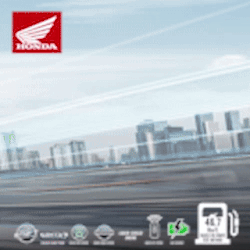
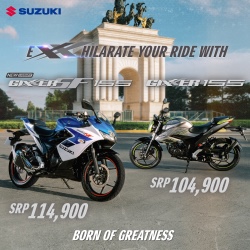
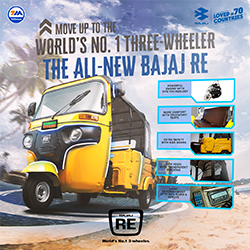

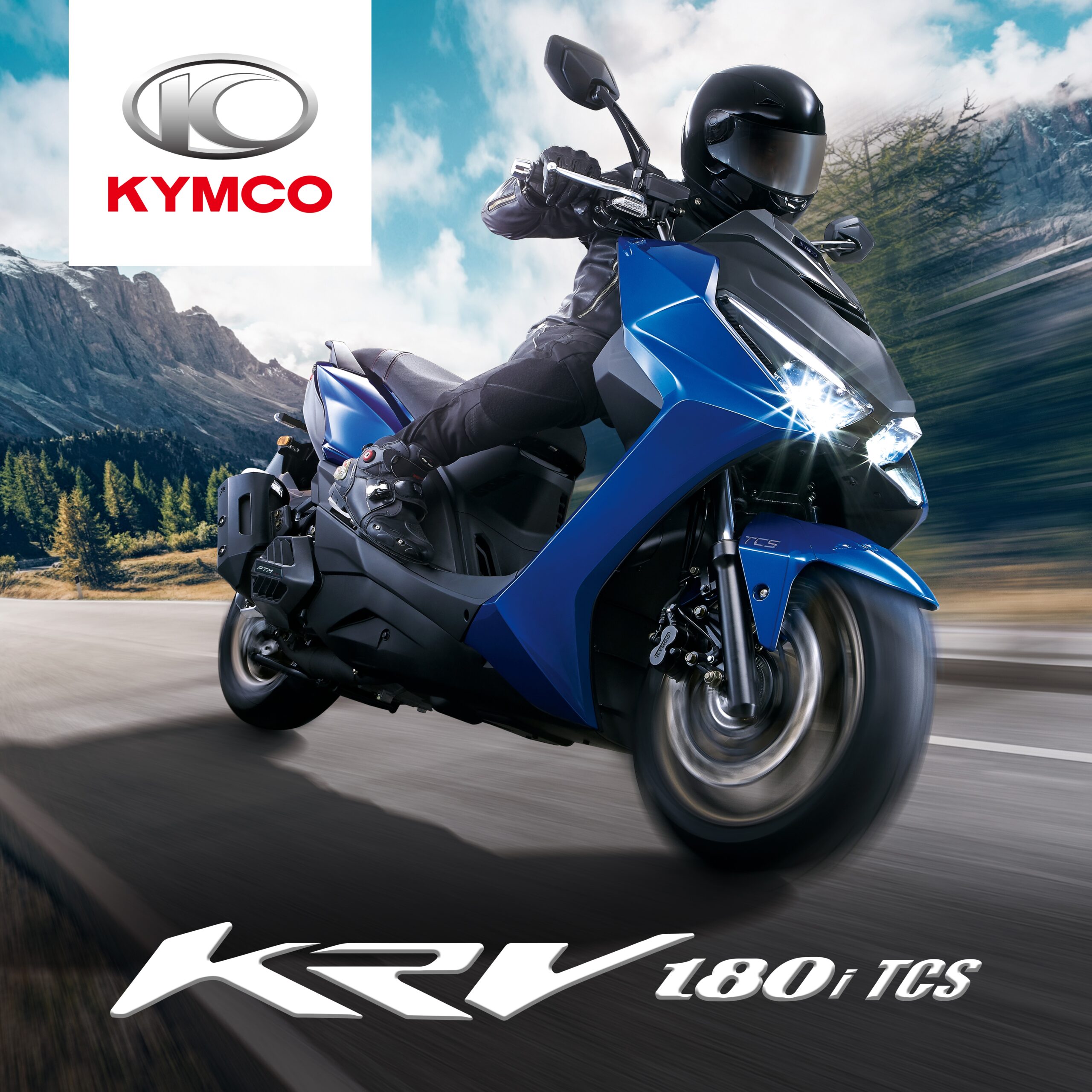
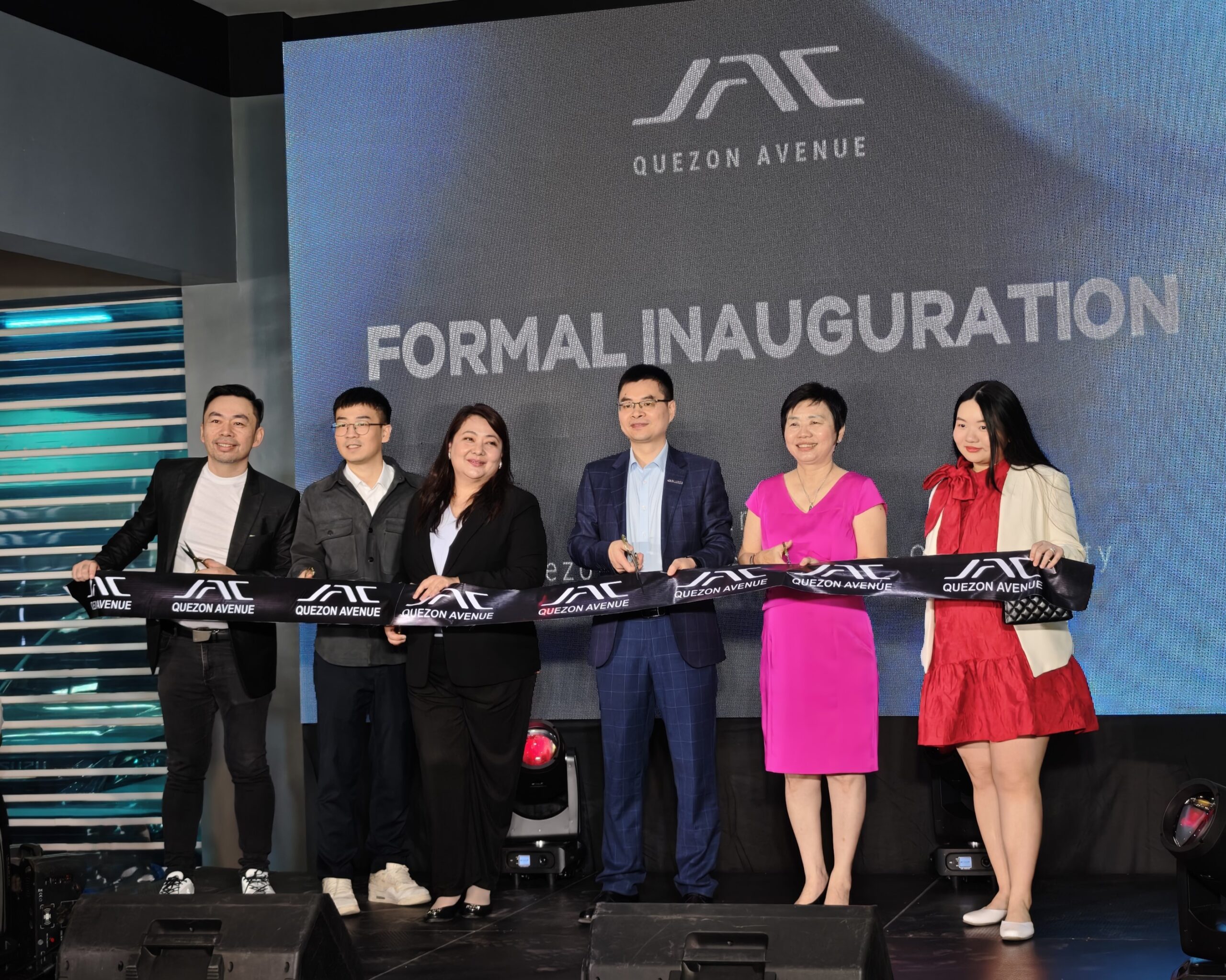




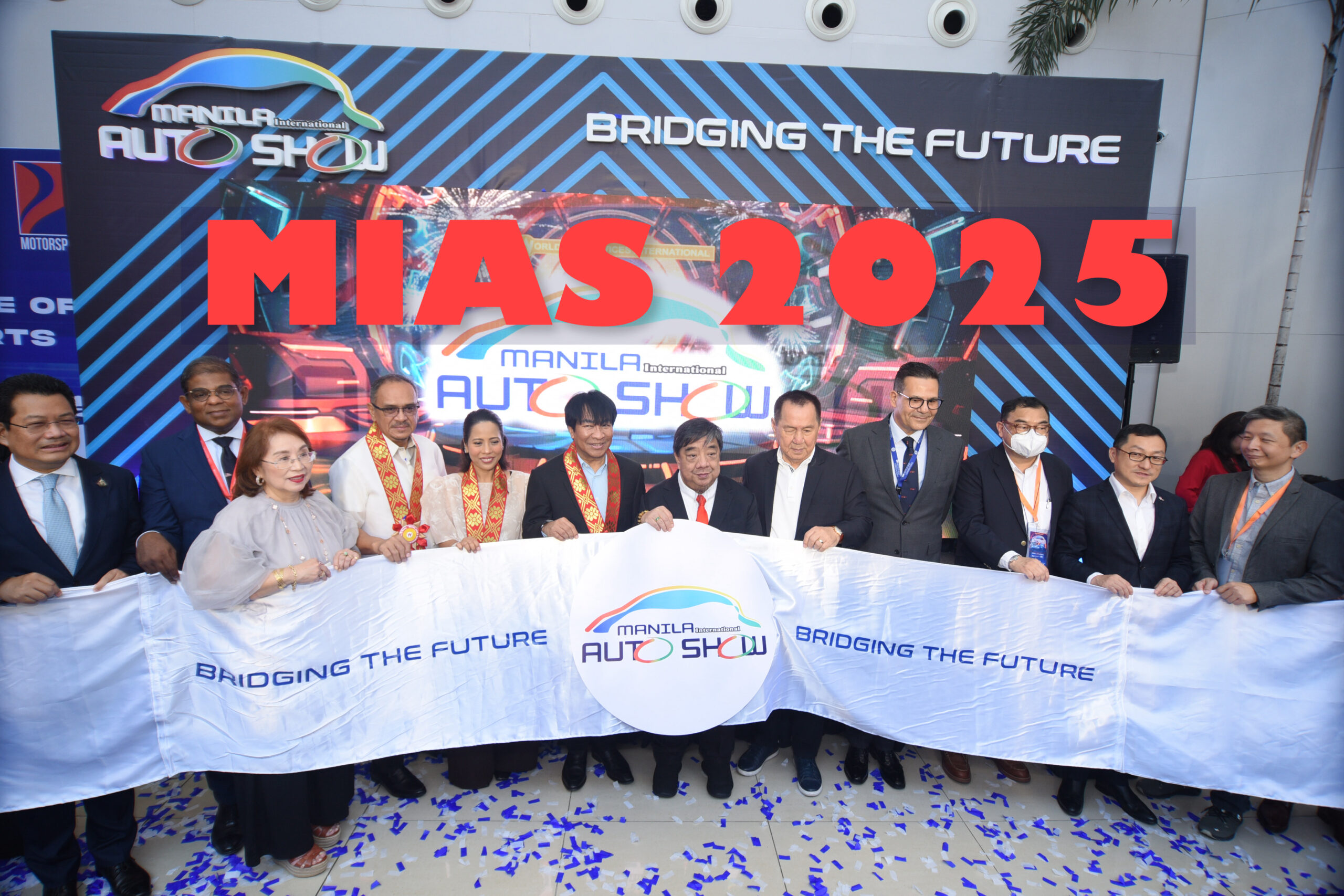

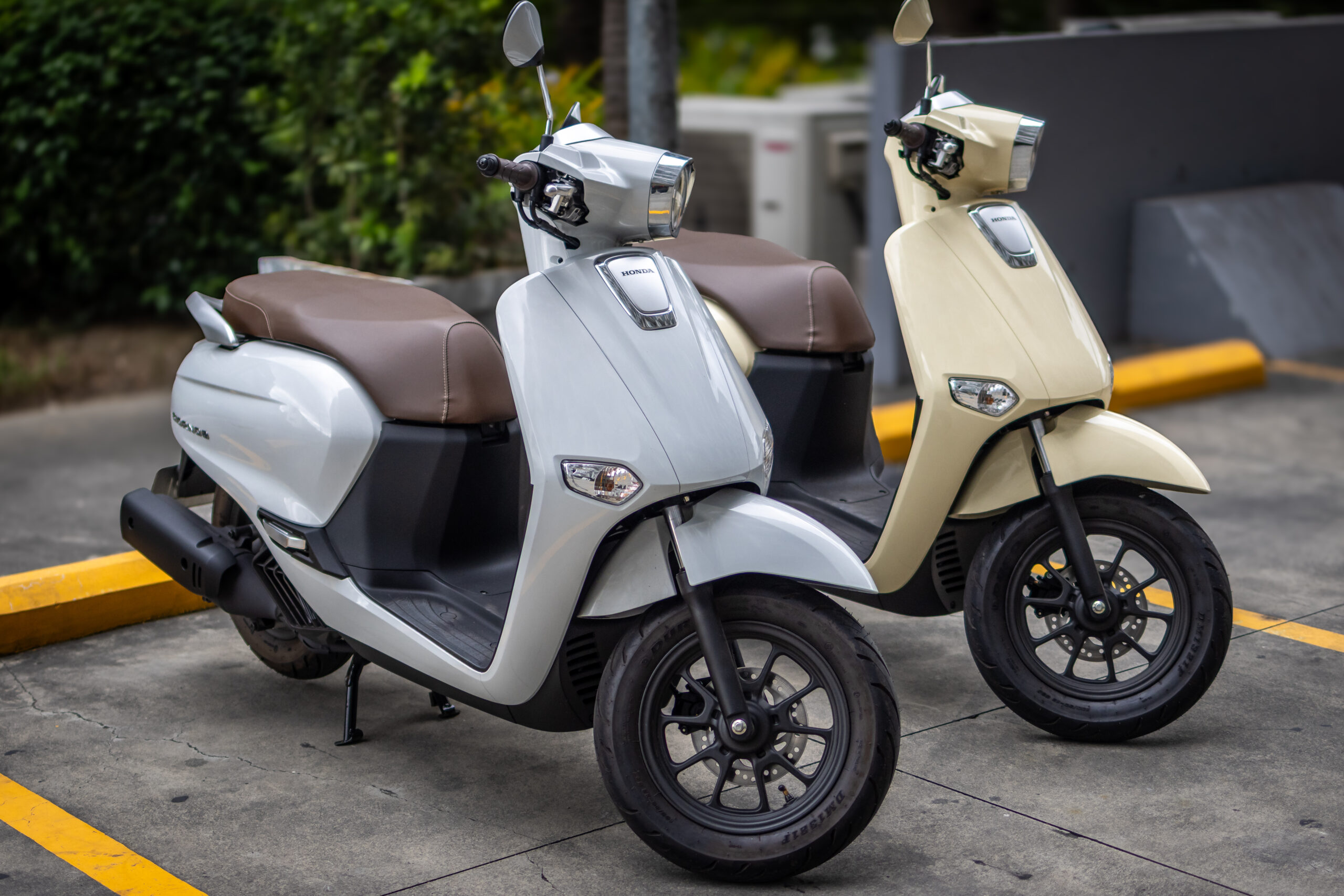
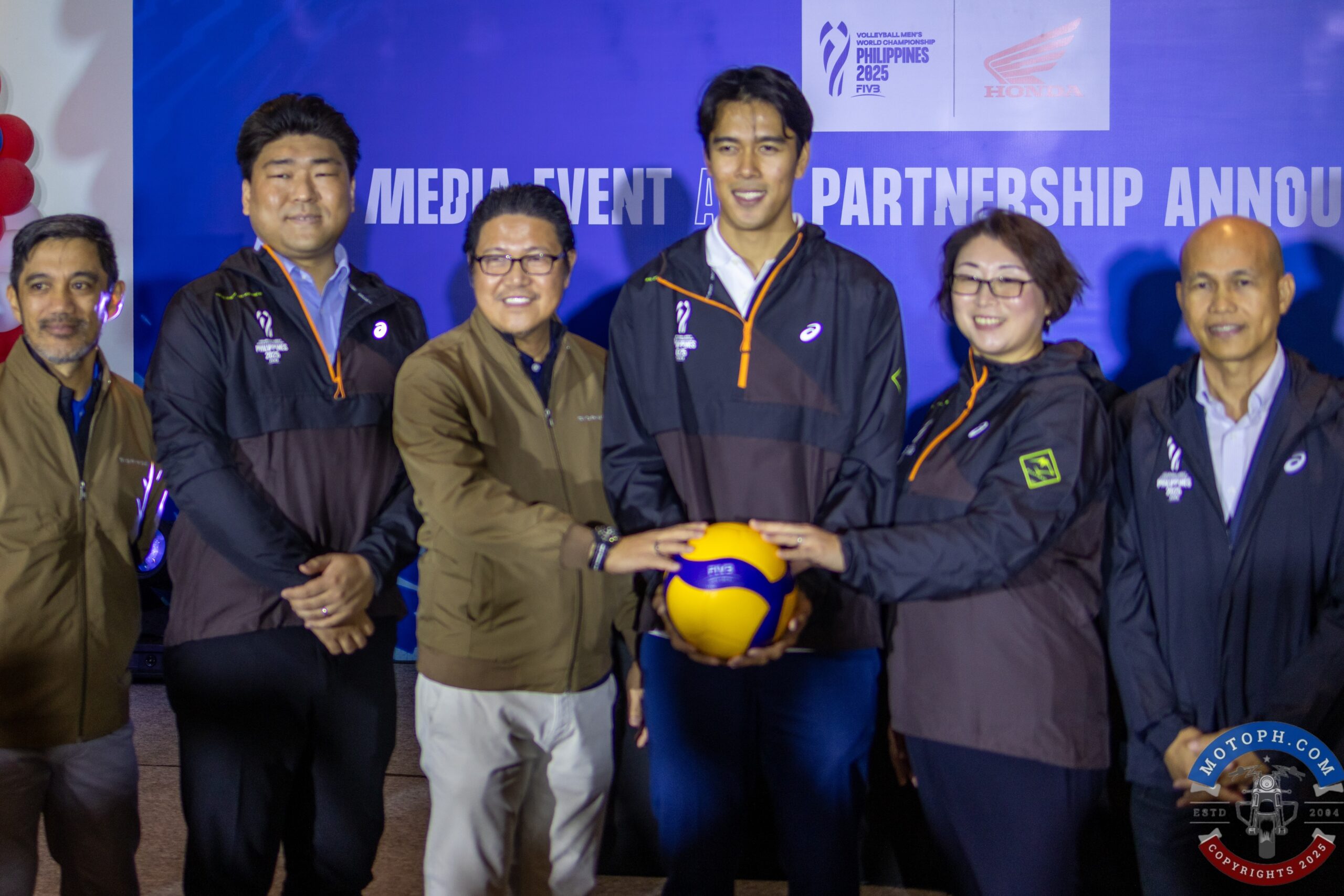




0 comments